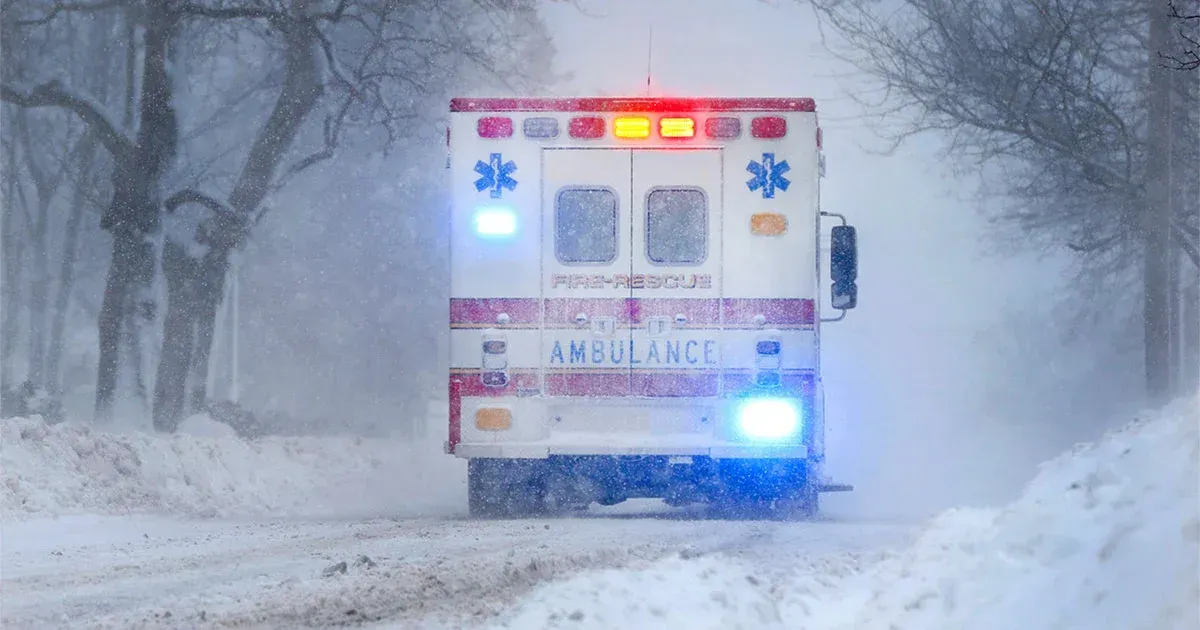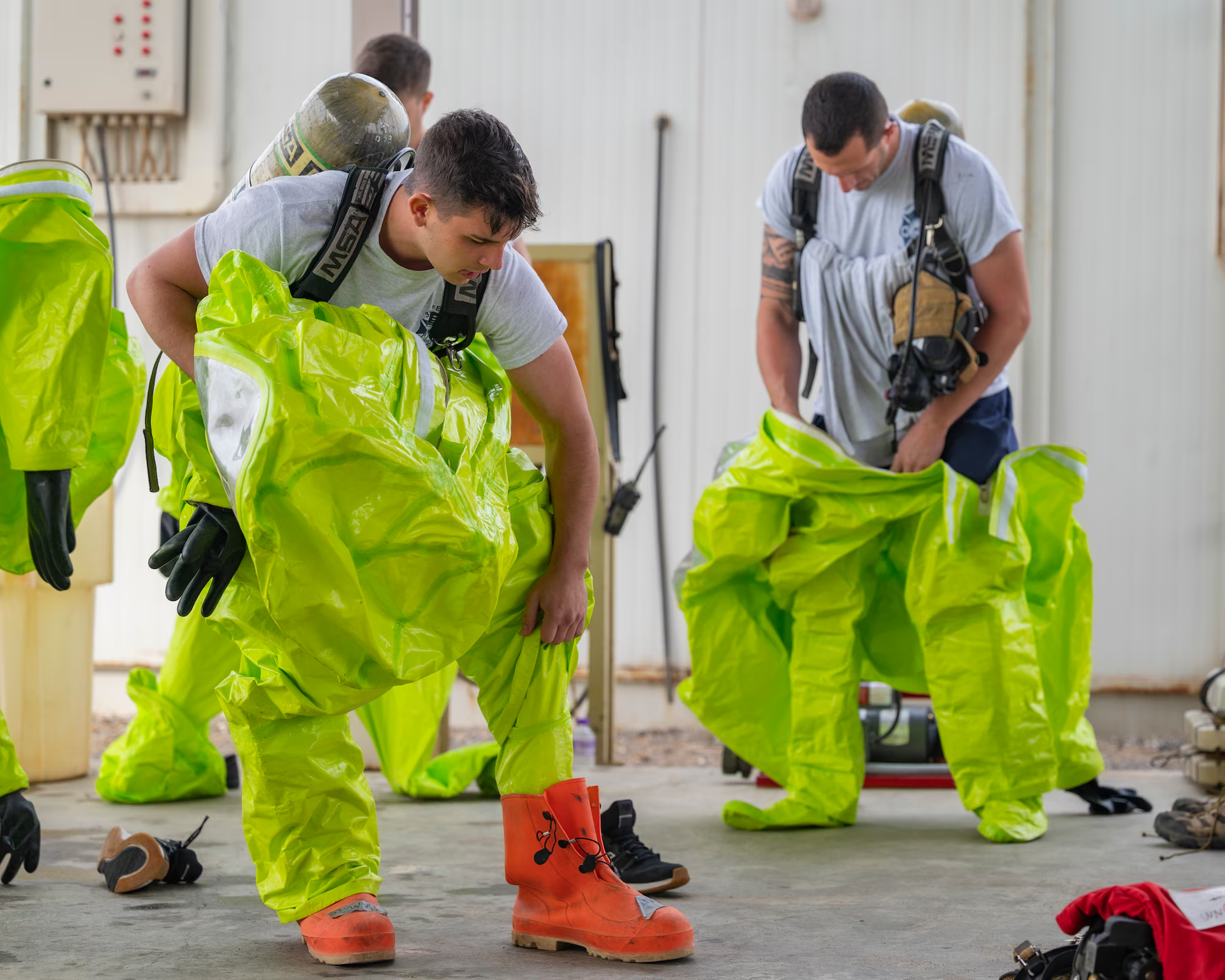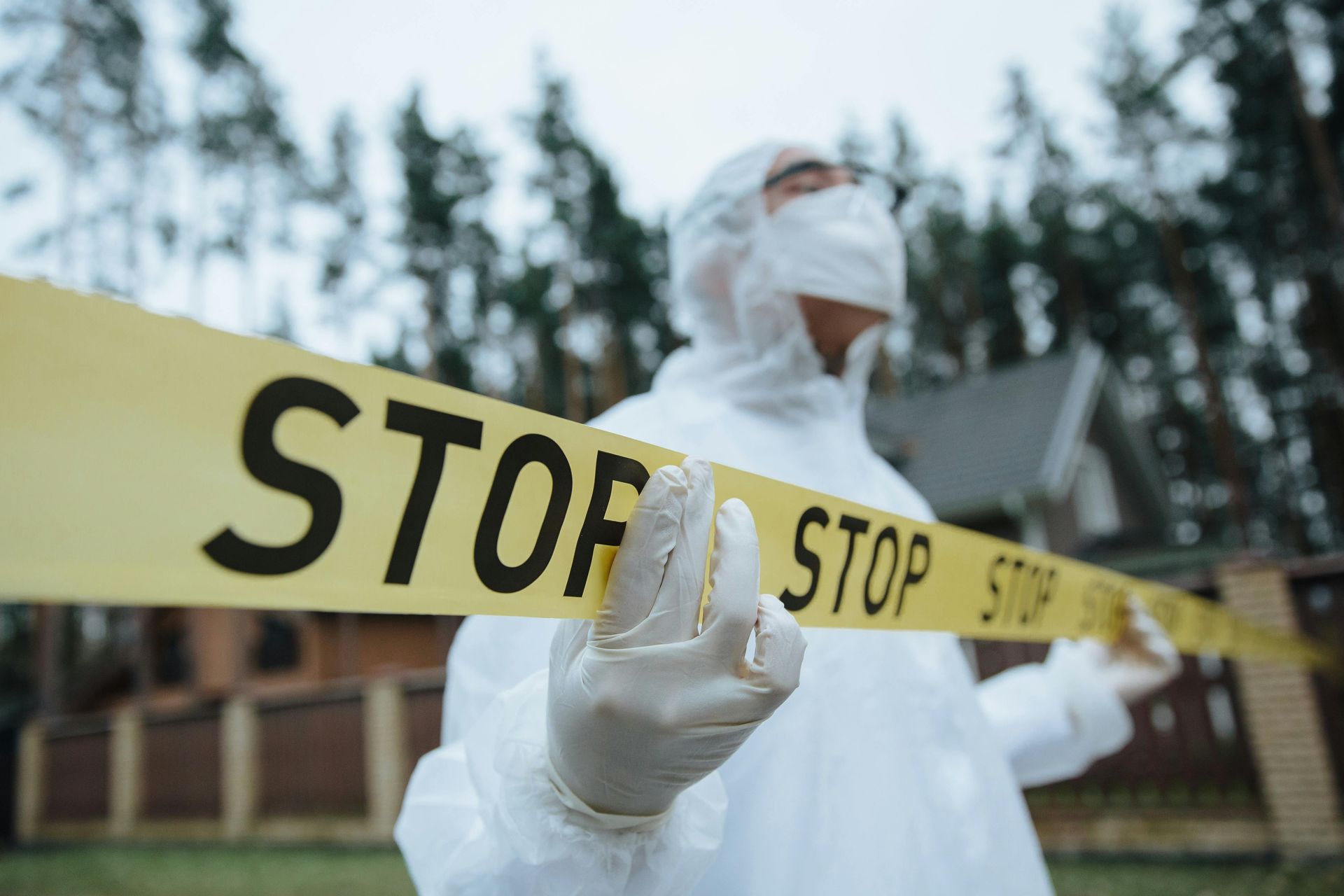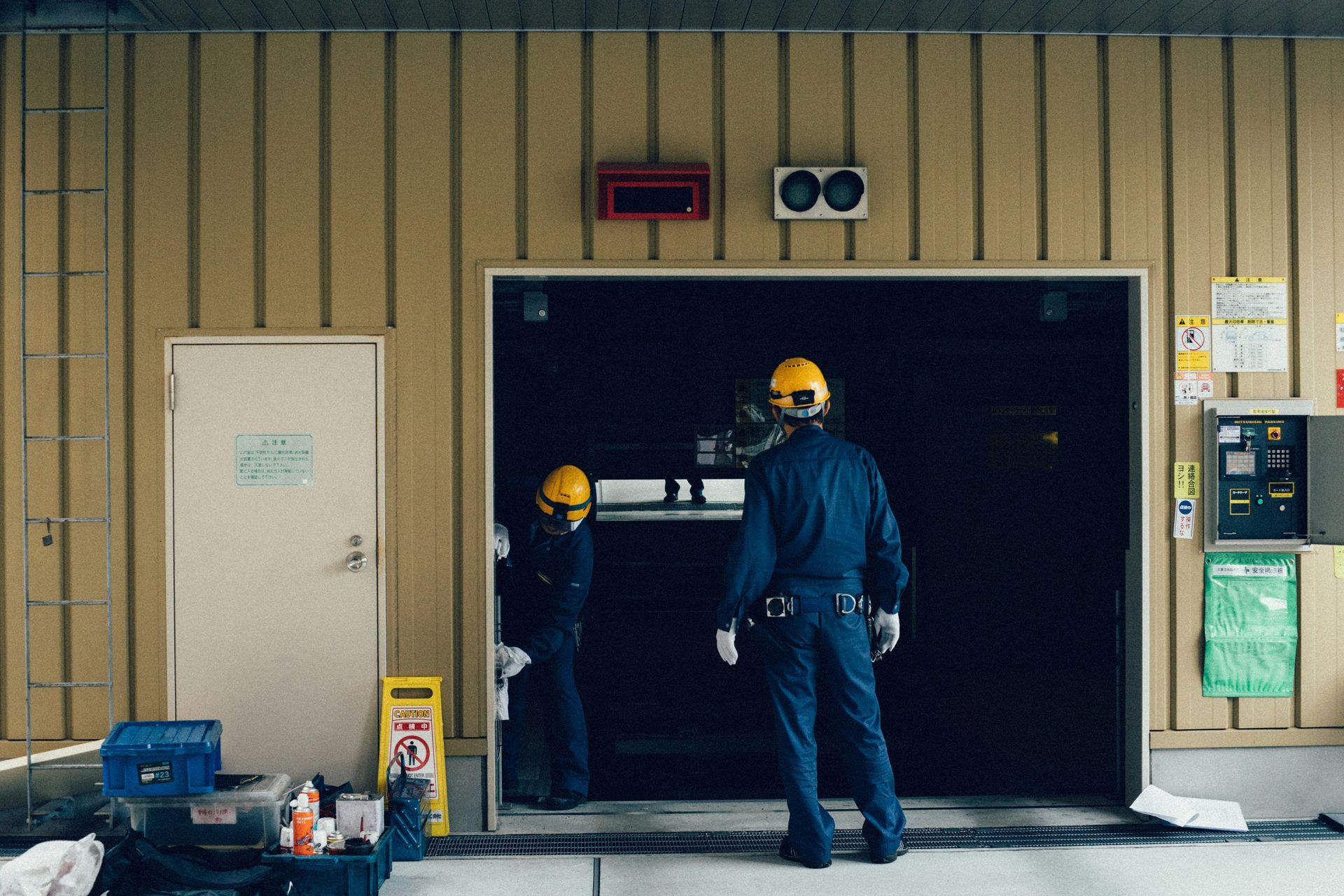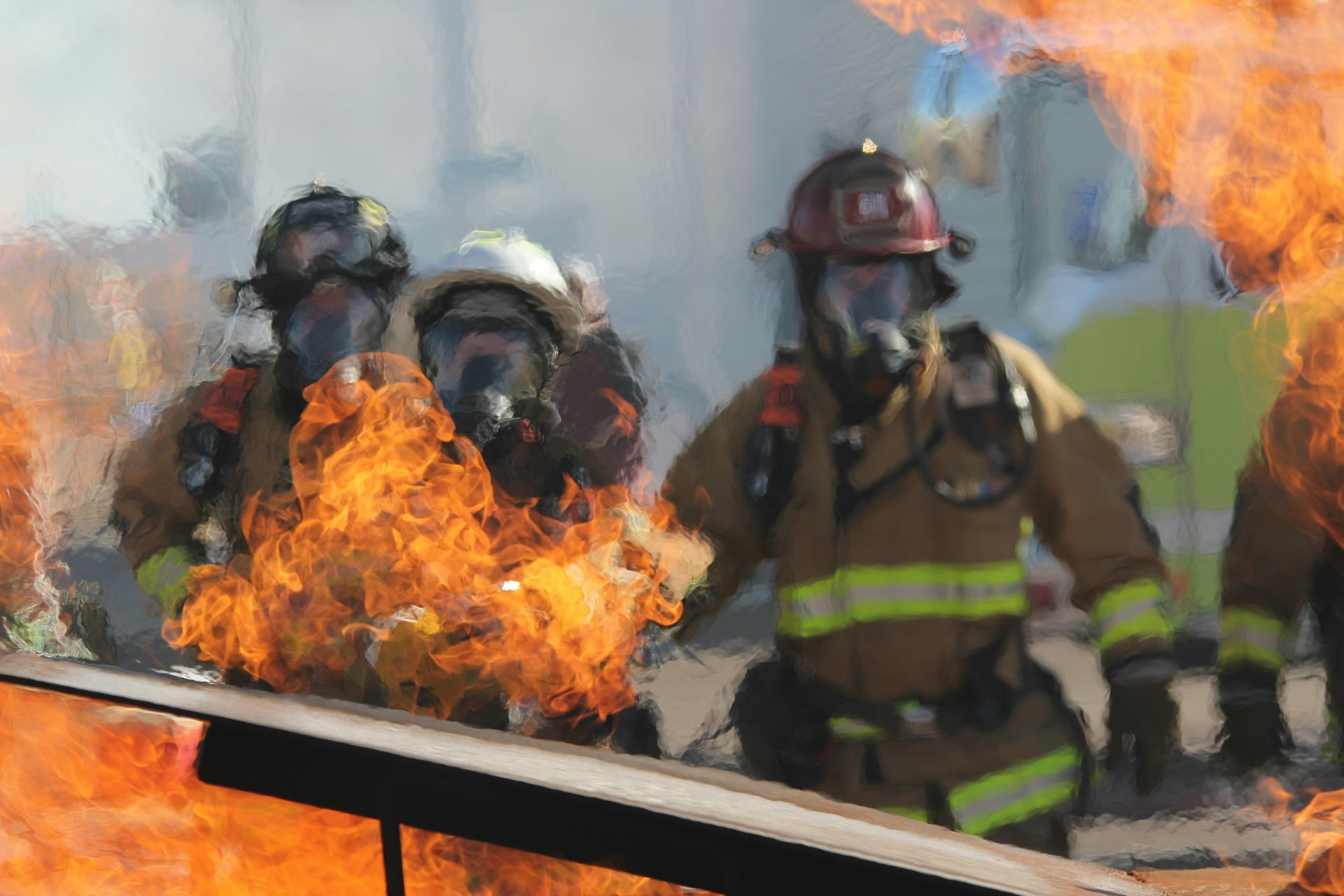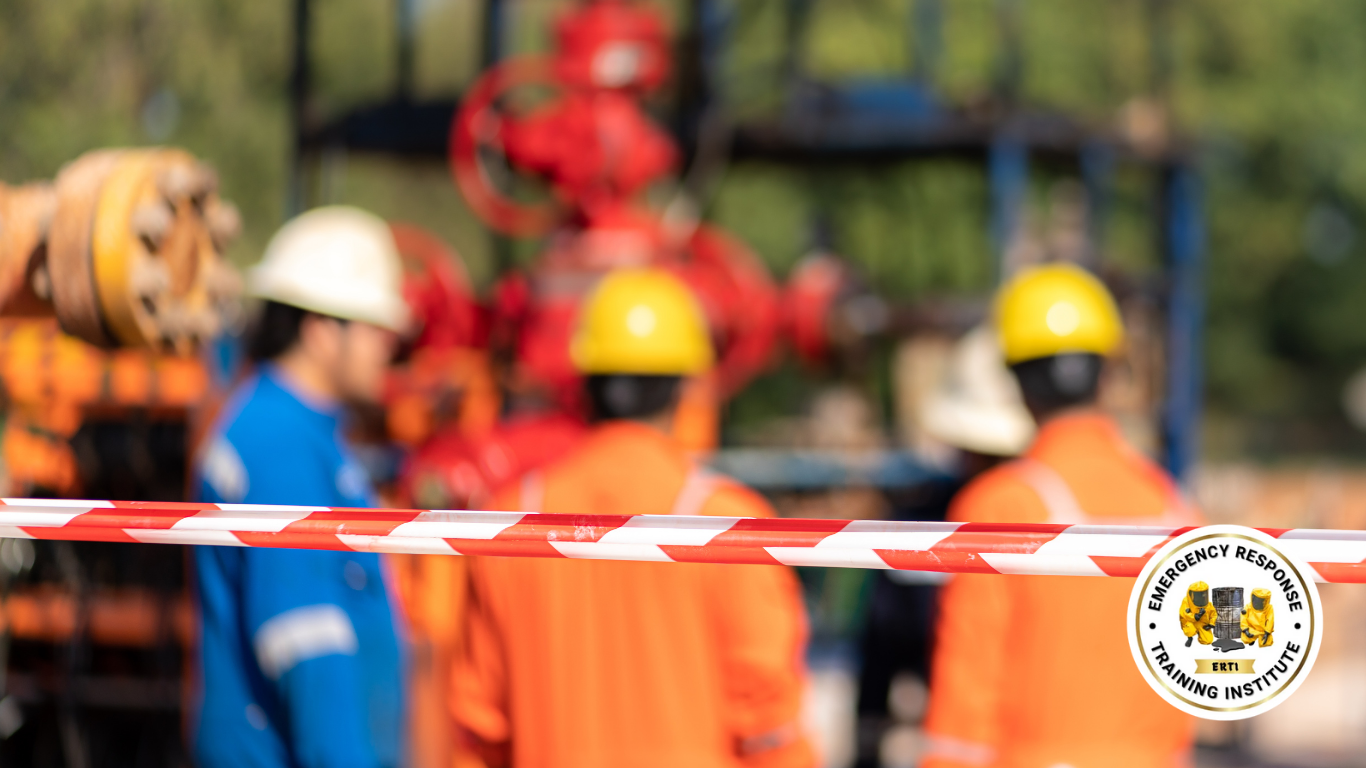It is crucial for first responders to have a solid understanding of blood and blood products and the risks associated with them.

As a first responder, your job is to help protect and save lives. However, in doing so, you can be exposed to many different types of blood and blood products that can be contaminated and potentially infectious. It is crucial for first responders to have a solid understanding of these materials and the risks associated with them. In this blog post, we will cover all the essential information about blood and blood products, including what they are, how they can be contaminated, and how to handle and dispose of them safely.
What are Blood and Blood Products?
Blood refers to the red fluid that circulates in our bodies, carrying important nutrients and oxygen to our cells while also removing waste and carbon dioxide. Blood products, on the other hand, are components derived from blood that are used for transfusion or other medical procedures. These products include red blood cells, platelets, plasma, and white blood cells.
How can Blood and Blood Products be Contaminated?
Blood and blood products can become contaminated in various ways. For example, they can be contaminated with infectious agents such as hepatitis B or HIV through improper handling or storage. Personal protective equipment (PPE), such as gowns, gloves, and masks, can also become contaminated during medical procedures or when handling blood and blood products, putting first responders at risk of exposure.
Handling and Disposing of Blood and Blood Products
Proper handling and disposal of blood and blood products are crucial to not only protect the first responder but also prevent the spread of infectious diseases. First responders should always wear appropriate PPE when handling blood and blood products, including gloves, gowns, and masks. Additionally, these materials should be disposed of according to proper protocols. Waste blood and other contaminated materials should be placed in leak-proof, labeled containers and disposed of in designated biohazard waste containers.
Bloodborne Pathogens Training
First responders should receive regular training to understand the risks associated with blood and blood products and how to handle and dispose of them safely. Bloodborne pathogens training should be provided to all first responders to ensure they have an in-depth understanding of the risks associated with exposure to blood and how to minimize those risks. Training should also include proper use and disposal of PPE, as well as emergency response procedures for suspected exposure.
As a first responder, you play a critical role in protecting the community and saving lives. However, it is important to remember the risks associated with blood and blood products and take the necessary precautions to minimize those risks. Understanding what blood and blood products are, how they can be contaminated, and proper handling and disposal procedures can help keep both you and the community safe. So, if you haven't received bloodborne pathogens training, make sure to discuss it with your supervisor today. It is never too late to expand your knowledge and enhance your safety measures.


